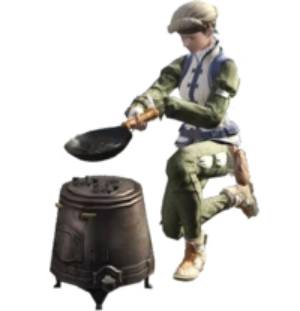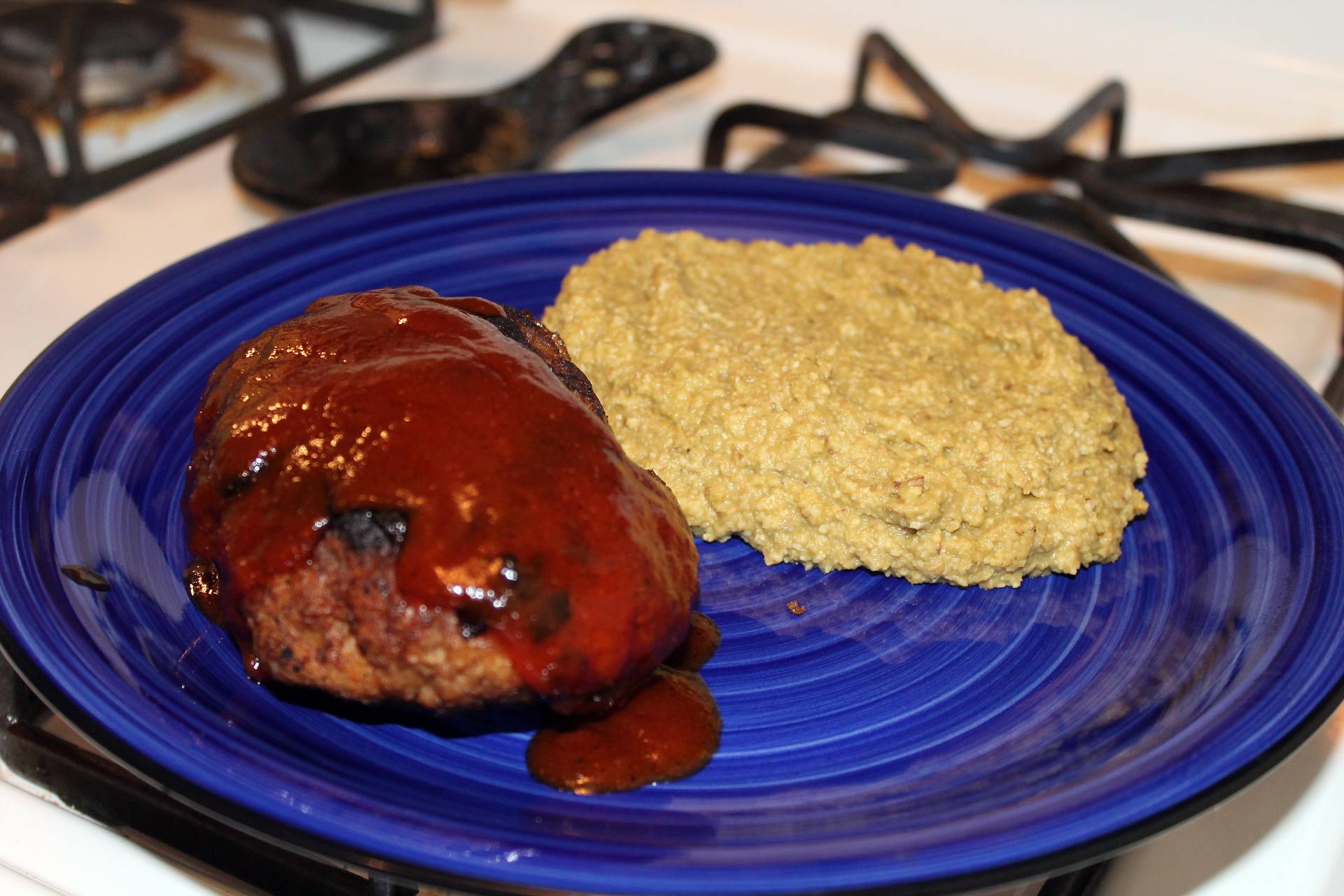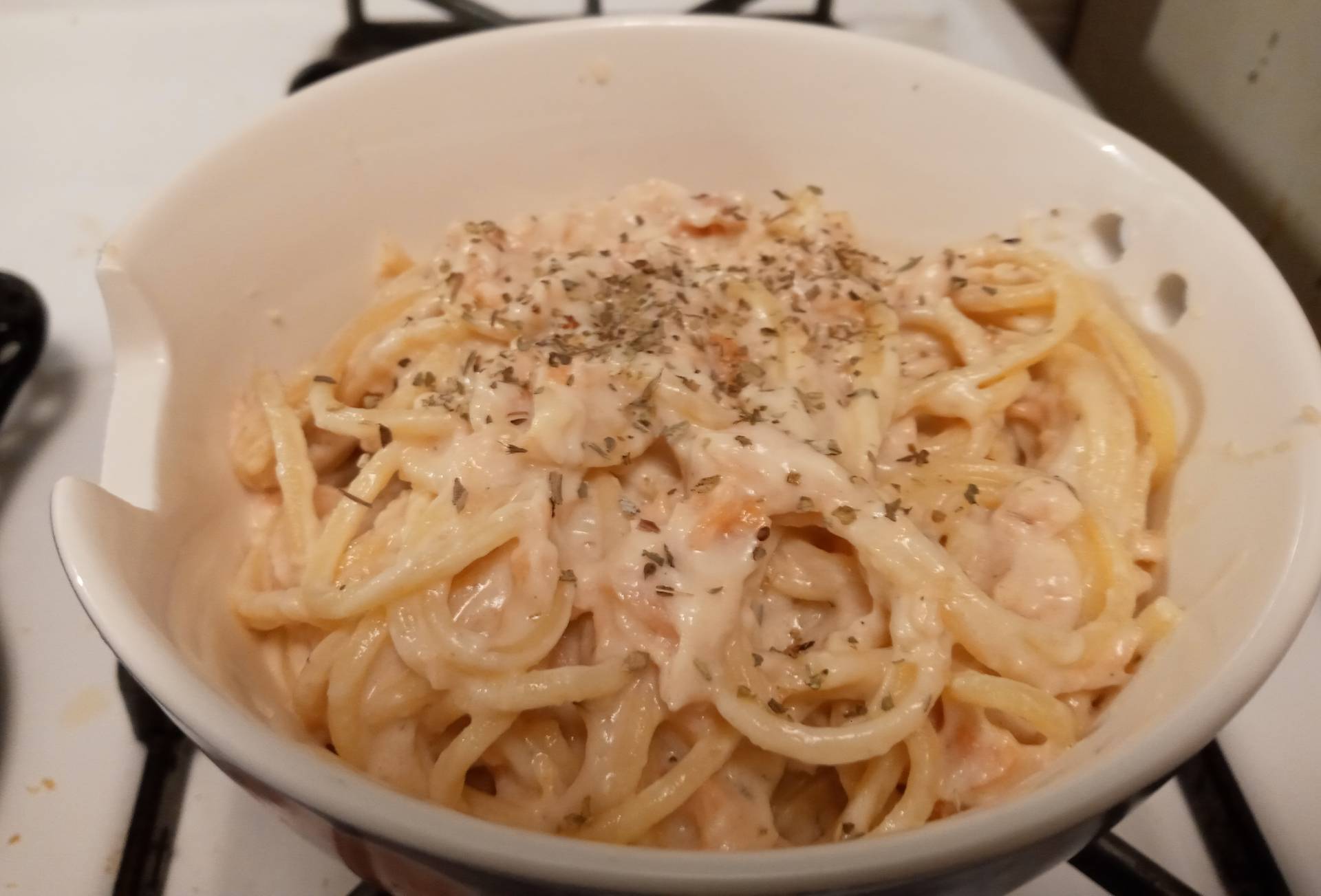
Welcome back, my fellow gaming gourmands, to Well Fed, the column that answers the question: Are gaming and MMO cookbooks any good? And this edition is also going to answer the question of just what the heck are the real world analogues to mole loaf, okeanis, and x-potions.
As I mentioned in the opening column for this series, this whole idea was spawned by the very kind gift of the official cookbook for Final Fantasy XIV, so naturally that book is the one I’m going to start off with in doing a proper article. Come with me as we explore the culinary world of Eorzea with a few cooked dishes, as well as some overall impressions of the book’s offerings and overall feel.
As most people here probably know by now, FFXIV is my favorite MMORPG right now and has been for many years. That said, I hadn’t paid terribly close attention to the in-game foods that were possible primarily because the Culinarian crafting profession (like all crafting professions in the game) is just not very fun. Nor is it terribly lucrative. Or if it is lucrative, it requires more attention paid to the market board’s pendulous swings than I’m willing to commit.
The real world cookbook, however, is much more my meatspace Culinarian speed. The recipes printed inside this book cover every possible course one could want, from baked items to side dishes to entrees and drinks. It casts a generally wide net, which makes sense considering there is a wide assortment of foods in the MMORPG.
Over the last month I carved out some time to try out three different recipes from the book: the mole loaf, the lentils and chestnuts stew, and the creamy salmon pasta. I wanted to try out some of the other recipes as well, but there are a few dietary considerations I have to navigate, but more crucially there were a few recipes that asked for a lot of ingredients that I just don’t have ready access to, primarily those with a Japanese or Asian bent. (Not for a lack of curiosity, though; I would really love to easily find furikake, birch syrup, and nishime kombu, without having to pay out the nozzle to have ingredients delivered.) To that point, there are more than a few recipes in the FFXIV cookbook that just won’t be accessible.
Still, even with those limitations, I had a lot of different things to try, and most of what I was searching for were unique and distinct recipes that really spoke to eating in Eorzea. Perhaps it shouldn’t be a surprise that the recipes overall don’t really try to get too fantastical considering they’re almost all pulled from the entire real world globe. Even so, I admit to being a tiny bit disappointed that things didn’t get too crazy.
Despite those niggles, the recipes that I did follow were absolutely delicious. I first elected to pair the mole loaf – a ground lamb meatloaf recipe topped with tonkatsu sauce blend – with the lentil and chestnuts stew, which is a blended and thick-looking stew.
The stew was easily one of the more unique recipes I’ve ever tried. I love blended soups, stews, and bisque, so the fact that this was one of them immediately captured my attention. Unfortunately, I wasn’t able to secure the chestnuts, but I did go with hazelnuts as a substitute, which have a pretty close flavor profile in my mind.

As you can see, the end result ended up this unappetizing-looking blob of green (instead of the similarly unappetizing colored grey pictured in the book), but the flavor was unlike anything else that I had before. It was earthy, hearty, and incredibly rich while having an overall mellow flavor: a perfect accompaniment to the much bolder, stronger flavor of the mole loaf. Better yet, for our vegetarian and vegan friends, the entire stew was nothing but veggies. I think next time I make this I’ll be using more vegetable stock to thin it out a bit more, but both dishes were a hit.
The next recipe I tried was the creamy salmon pasta, which was a perfectly fast and simple dish that involved putting together a rich pan sauce of Parmesan, lemon, a bit of fish sauce, and heavy cream, all stirred into cooked spaghetti and then with smoked salmon stirred in at the final step. The recipe also called for some gai lan, but I omitted that due to the aforementioned limitations.
What I ended up with was basically a bit like lox and a schmear in pasta form, though the warmth of the noodles and sauce gently cooked the salmon while still retaining some of its smoky flavor. I admit that I’m a little bad at making cheese sauces, but even with that lack of skill, this was delicious and one I want to try again, if only to better refine my cheese sauce-making technique.

As for the rest of the book itself, it’s just as charming as the game it’s styled around, with each recipe prefaced by a culinary traveling team of a moogle and a namazu, a bunch of cute little inserts and images that look like stickers placed on a travelogue, some gorgeous pictures of the completed foods themselves, and even at least a couple of references to the MMORPG itself. One basic recipe for almond cream croissants uses premade dough, but the one after that for the same pastry instructs you how to make your own croissant dough from scratch and refers to it as a “minstrel’s ballad” version of the recipe, aka the harder challenge mode.
As for the recipes, they’re clean, easy to follow, and well-written, and the book itself has the kind of hardcover sturdiness I’d want… and pages that stay open on a countertop, thank goodness. All told, the official Final Fantasy XIV cookbook might not wow or astonish with some of its recipes – there are literally recipes for basic sandwiches and pizza – but the good far outweighs the mediocre, and there are a lot more dishes, desserts, and drinks that I want to try to make from it.
 Everyone has to eat, and that goes the same for MMORPG fans, so why not get Well Fed? Join MOP’s Chris Neal for a look at real-world cooking through the lens of MMO, multiplayer, and nerd fandom as we share recipes, thoughts, and finds from this cozy corner of the internet.
Everyone has to eat, and that goes the same for MMORPG fans, so why not get Well Fed? Join MOP’s Chris Neal for a look at real-world cooking through the lens of MMO, multiplayer, and nerd fandom as we share recipes, thoughts, and finds from this cozy corner of the internet.














